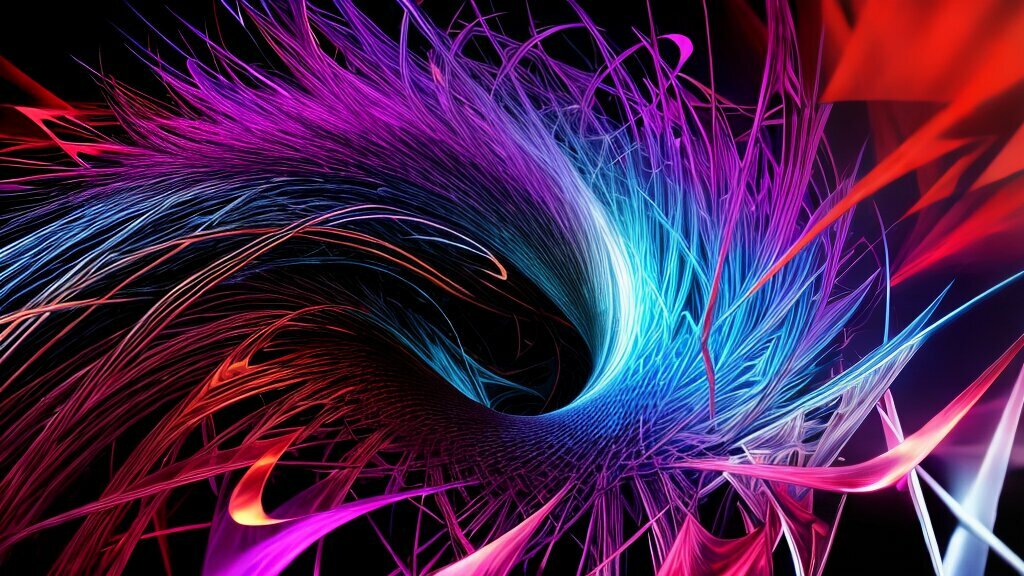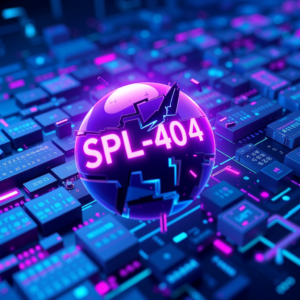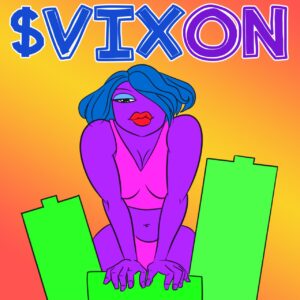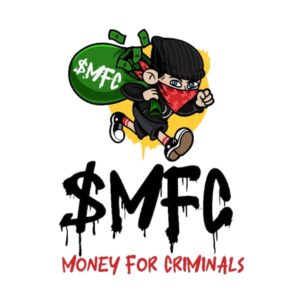Welcome to the NFT Revolution, where digital art meets blockchain technology and creative boundaries are being shattered. We are witnessing a transformative era in the creative world, and it’s only just beginning.
The NFT Revolution has given rise to innovative crypto art projects such as Kush Kriminals, which are pushing the boundaries of what is possible in digital art. With a passionate team of artists, developers, and collectors, Kush Kriminals has quickly become a prominent player in the NFT Revolution, offering unique and breathtaking digital collectibles to a growing audience.
Join us as we explore the exciting world of NFTs and the impact they are having on the creative industry. From understanding the basics of NFTs and their connection to blockchain technology, to exploring the possibilities of NFT investments and tokenization, we’ll delve into all aspects of this groundbreaking movement. Let’s dive in and discover together what the future holds for digital art and the NFT Revolution.
Understanding NFTs and the Digital Art Movement
We’re witnessing a revolution in the creative world thanks to the rise of NFTs or non-fungible tokens. This groundbreaking technology has unlocked incredible opportunities for artists, musicians, and creators of all types to monetize their digital creations in ways never before possible. But what exactly are NFTs?
NFTs are unique digital tokens that verify ownership of a digital item on a blockchain. Essentially, they serve as digital certificates of authenticity that can be bought, sold, and traded like any other type of asset.
The use of blockchain technology ensures the authenticity and ownership of the digital artwork, making it impossible for anyone to counterfeit or duplicate it. This feature, along with the ability to protect intellectual property rights, has made NFTs a game-changer in the digital art movement.
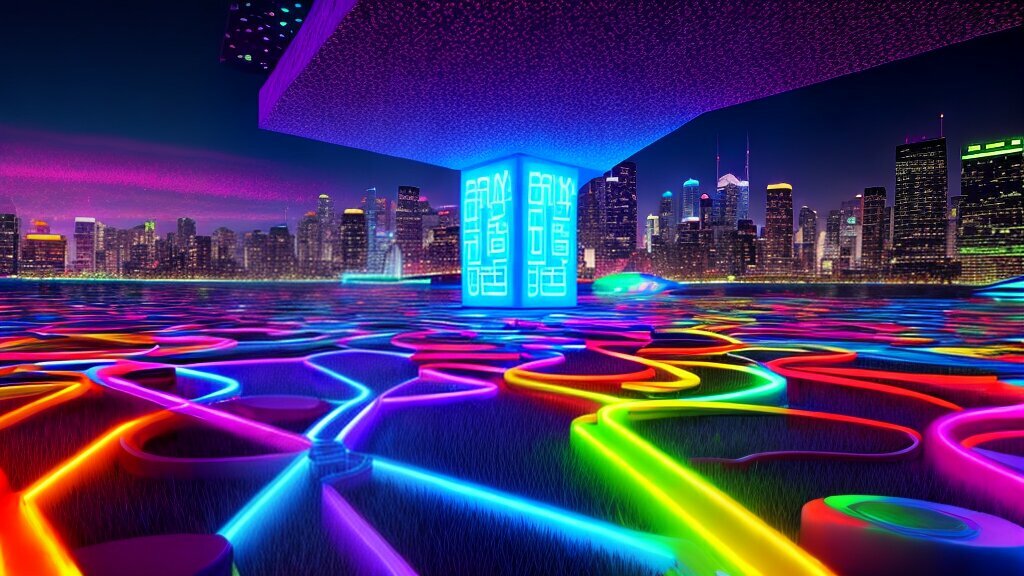
“NFTs open up the way for digital art to become the next legitimate asset class for collectors,” said Kush Kriminals founder Sam Sung.
Excitingly, the opportunities created by NFTs extend far beyond the art world. Musicians, writers, and even gamers are starting to explore the potential of this innovative technology.
In fact, the first-ever NFT was sold by CryptoKitties, a game that allows players to buy, sell, and breed virtual cats using Ethereum blockchain. This first sale sparked a frenzy around NFTs and their potential for the gaming industry.
How NFTs Work
At its core, an NFT represents a single, unique version of a digital asset. It is created by uploading a file onto an NFT platform and minting it as an NFT. The platform will then assign a unique token ID to the NFT, verifying its authenticity and ownership.
The beauty of NFTs is that they can be just about anything, from digital art and music to tweets and virtual real estate. Essentially, any digital item that is considered unique and has value can be turned into an NFT.
For example, American musician Grimes recently made headlines by selling a collection of digital art for over $6 million. The collection included short videos and images, each of which was turned into an NFT and sold as a unique piece of art.
Overall, the rise of NFTs has opened up a world of possibilities for artists and creators of all kinds. As we continue to explore the potential of this groundbreaking technology, we’re certain to see even more exciting new developments in the digital art movement.
Exploring the Kush Kriminals Phenomenon
We cannot talk about the NFT Revolution without mentioning the prominent role played by Kush Kriminals. This pioneering NFT project has captured the attention of the crypto art world and redefined what is possible in this creative space.
Kush Kriminals is more than a simple art project; it is a movement. Their unique approach to crypto art and their commitment to community building have helped to elevate the NFT Revolution to new heights.
“Our mission is to disrupt the art world and introduce a new generation of creatives to the power of blockchain technology. We believe that the future of digital art is decentralized, and we are committed to realizing that vision through our work.”
The Kush Kriminals project is built around a series of rare, digital collectibles that allow users to showcase their support for the movement. These CryptoKushies are unique NFTs that are highly sought after by collectors and investors alike.
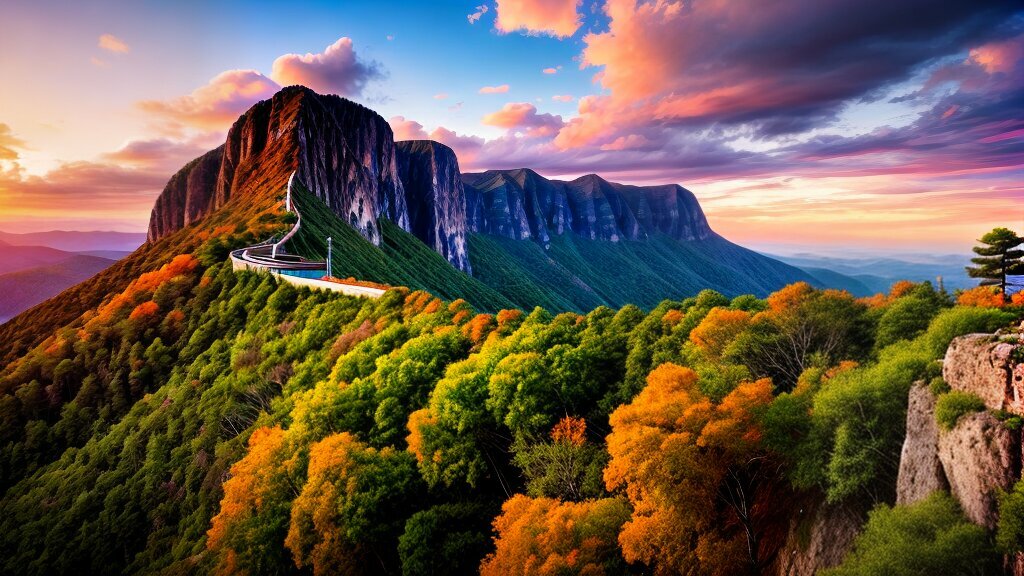
But Kush Kriminals is more than just a collection of digital assets. The project is a community of like-minded individuals who are passionate about the potential of blockchain technology and its role in the creative world. Through their Discord server, social media channels, and regular events, Kush Kriminals has built a network of supporters who are helping to shape the future of the NFT Revolution.
Kush Kriminals has shown us that the potential of NFTs extends far beyond the financial realm. By creating a community-driven project that values creativity, innovation, and collaboration, they have highlighted the power of blockchain technology to transform the way we think about art and community building.
The Impact of NFT Investments and Tokenization
In addition to the creative potential of NFTs, the financial aspect of the NFT Revolution cannot be ignored. With the ability to tokenize unique digital assets, NFTs offer new opportunities for investment and speculation. The world of blockchain technology has opened up new and exciting possibilities for artists and collectors alike.
Tokenization allows for the fractional ownership of digital art, which means that anyone can invest in a piece of artwork without buying the entire thing. This has democratized the art world, making it more accessible and inclusive. NFT investments are not just limited to art, however, as they can be used to tokenize any digital asset, such as music, videos, or even tweets.
“Tokenization is the future of digital ownership, and it’s only a matter of time before it becomes the industry standard.”
The potential for NFT investments is immense, with some pieces selling for millions of dollars. The record-breaking sale of Beeple’s “The First 5000 Days” for $69 million in March 2021 is just one example of the financial power of NFTs. With the rise of NFT investments, the art world is being transformed, with traditional institutions scrambling to catch up with the decentralized nature of the NFT marketplace.
NFT investments also offer benefits for artists, who can retain ownership and control over their digital creations. This provides a level of financial security and creative freedom that was previously unavailable. Collectors can also benefit from NFT investments, as they have a stake in a unique and valuable asset that can appreciate in value over time.
The NFT Revolution has fundamentally changed the way we think about ownership, investment, and creativity. It has created a new digital economy that is redefining the art world and the entertainment industry. As we continue to explore the potential of NFTs, we are shaping the future of the creative world.
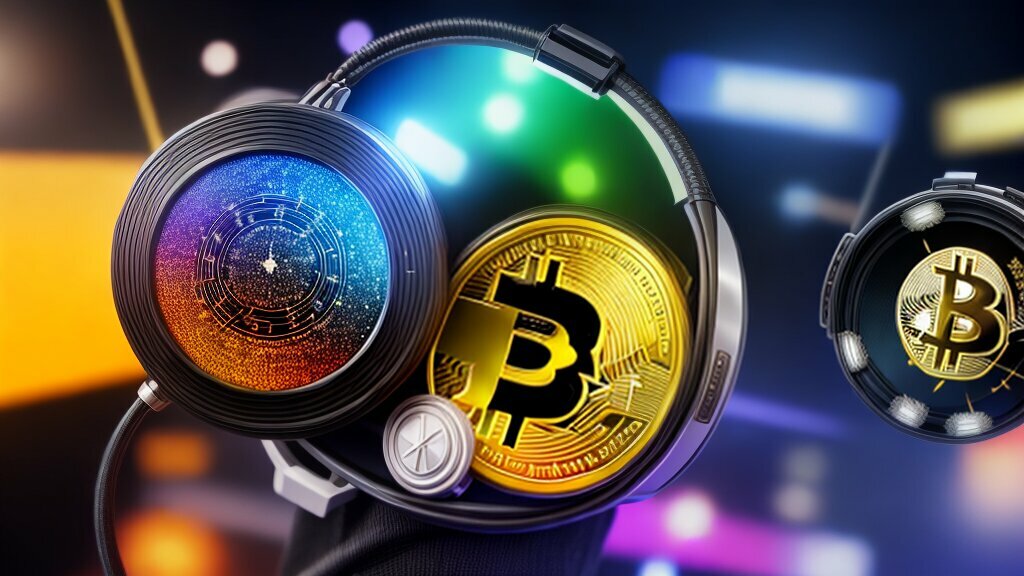
NFTs in Gaming and Entertainment
As the NFT Revolution continues to gain momentum, we are starting to see its impact on the world of gaming and entertainment. NFT gaming, in particular, has emerged as an exciting new frontier, offering gamers a unique opportunity to own and trade rare in-game items as digital assets.
In addition to gaming, NFTs are also becoming increasingly popular in the entertainment industry. Musicians and other artists are turning to NFTs as a way to monetize their work and engage with fans in new and innovative ways. For example, bands are selling limited edition concert tickets as NFTs, while visual artists are creating one-of-a-kind digital collectibles to be traded on the blockchain.
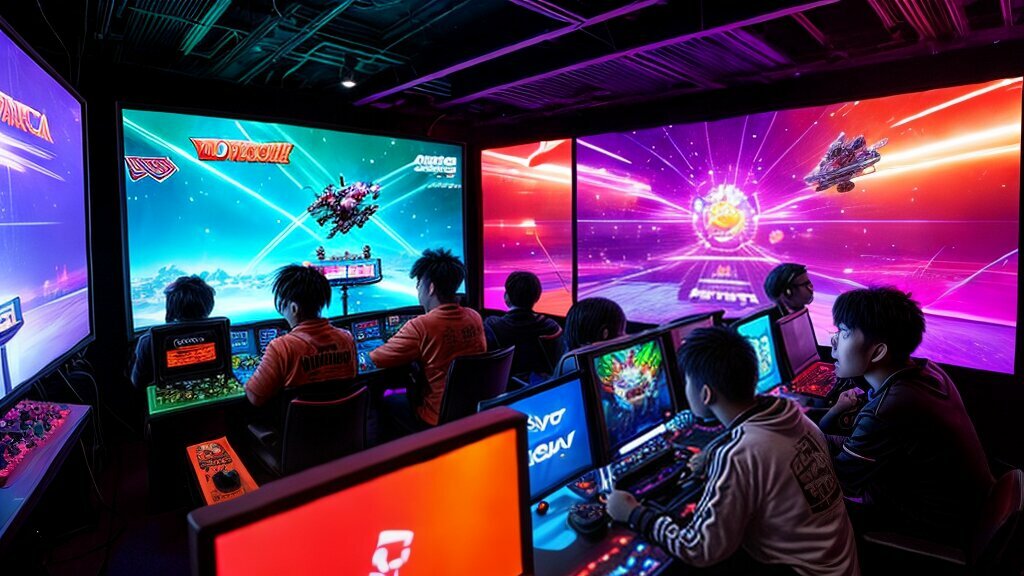
We are witnessing a reimagining of what it means to be a collector in the digital age. NFTs offer a way to own and trade unique digital assets that are verified on the blockchain, providing a new level of authenticity and scarcity to the world of digital art and entertainment.
The rise of NFT gaming and entertainment is just one example of how the NFT Revolution is transforming industries beyond just digital art. With the ability to tokenize virtually anything, from tweets to sports memorabilia, the possibilities for NFTs are endless.
- Tip: Keep an eye on emerging NFT gaming platforms, such as The Sandbox and Axie Infinity, to stay ahead of the curve in this rapidly growing field.
- Tip: Consider creating your own NFTs as a way to monetize your work and engage with fans in new and exciting ways.
The Decentralized Marketplace and the Future of NFTs
As we have previously discussed, NFTs are revolutionizing the art world, providing new opportunities for digital art. However, it’s not just the technology that is making waves, it’s the decentralized marketplace that is taking shape. With blockchain technology, we can create a truly decentralized marketplace that empowers creators and collectors alike.
Decentralized marketplaces operate on a peer-to-peer network, meaning no central authority has control over the marketplace. This creates a level playing field for all participants, free of the gatekeepers and intermediaries that have traditionally controlled the art world.
“With blockchain technology, creators and collectors can directly transact with each other, creating a more transparent and fair system for all.”
This shift towards decentralization is not only transforming the art world but is also shaping the future of NFTs. With a decentralized marketplace, creators can maintain control over their work and receive fair compensation for their efforts. Collectors also benefit from this system, as they have access to a wider range of art, without needing to rely on a select group of curators and galleries.
The future of NFTs lies in this decentralized marketplace, where artists and collectors can directly connect with one another, free from the limitations of the traditional art world. This marketplace is still in its early stages, but we are already seeing the emergence of new platforms that are leveraging blockchain technology to create a fairer, more open system.
The decentralized marketplace is the key to unlocking the full potential of the NFT Revolution. With this technology, we can create a more inclusive and transparent art world, where creativity is celebrated and rewarded, and the value of art is determined by the people who appreciate it.
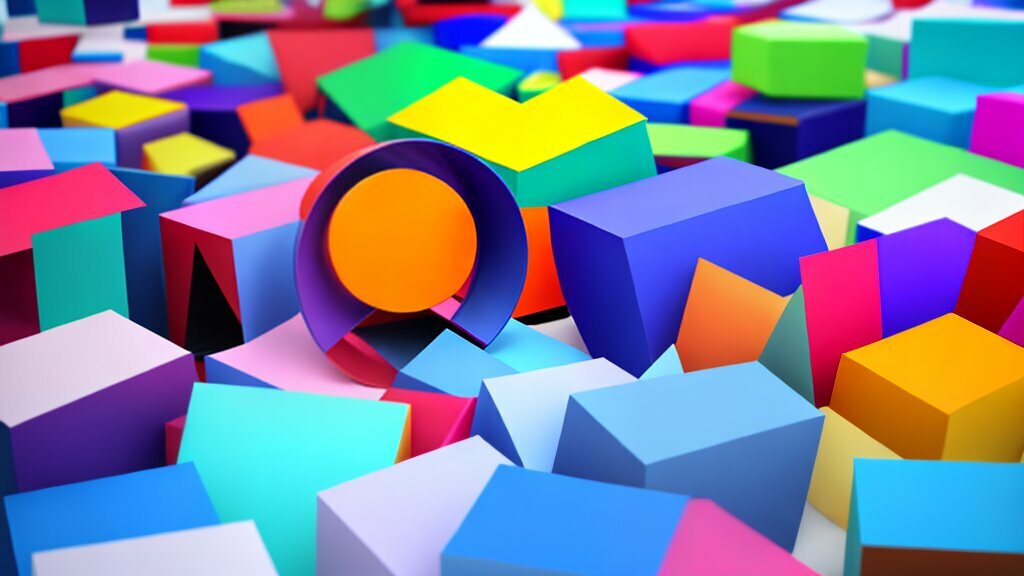
As we look to the future, we are excited to see how this technology will continue to evolve and shape the art world. We believe that the decentralized marketplace is just the beginning of a new era of art, where the power is in the hands of the people. Join us as we explore this exciting new world and discover the endless possibilities of the NFT Revolution!
Navigating the NFT Marketplace Landscape
As the NFT Revolution continues to unfold, navigating the diverse marketplace landscape can seem overwhelming. But fear not, as we are here to guide you through the exciting world of digital art and NFTs.
First and foremost, it’s important to understand that there are a multitude of platforms offering NFT transactions and creations. Some of the most popular ones include OpenSea, SuperRare, Foundation, and Nifty Gateway. Each platform has its own unique features, user base, and community.
When deciding which platform to use, it’s essential to consider your goals as an artist or collector. Do you want to showcase your work to a wide audience, or are you looking for a more exclusive and niche marketplace? Are you interested in selling your NFTs through auctions or fixed-price listings?
It’s also important to research the platform’s fees and policies, as these can vary widely. Some platforms charge a commission on sales or require an upfront fee to list NFTs, while others offer more favorable terms.
“Navigating the NFT marketplace can be a daunting task, but with careful research and attention to detail, the opportunities for artists and collectors are endless.”
Another key factor to consider is the platform’s reputation and track record. Look for platforms that have a strong community presence, positive reviews, and a history of successful NFT sales.
But the NFT marketplace is not just limited to dedicated platforms. Social media platforms like Twitter and Discord have also emerged as hotspots for NFT transactions and discussions. These communities offer a more informal and collaborative space for artists and collectors to connect and share their work.
Ultimately, finding success in the NFT marketplace requires a combination of artistic talent, entrepreneurial spirit, and savvy business acumen. By staying up-to-date on emerging trends and developments, connecting with other artists and collectors, and carefully researching your platform options, you can unlock the full potential of the NFT Revolution.

NFT Marketplace Landscape Tips
- Research platform fees and policies
- Consider your goals as an artist or collector
- Look for platforms with strong reputations and successful sales history
- Explore social media platforms for NFT transactions and discussions
NFT Revolution Has Begun
We have witnessed a transformative power in the NFT Revolution, transforming the creative world. The rise of Kush Kriminals has captured our attention, and through them, we have been introduced to the concept of NFTs and the digital art movement. We have explored the financial aspect of NFTs, including investments and tokenization, and how artists and collectors are leveraging them. We have also looked at the intersection of NFTs and gaming/entertainment, as well as the importance of decentralized marketplaces in the NFT Revolution.
The Future of NFTs
The potential for NFTs to revolutionize the way artists and collectors interact with digital art is vast, and the future is bright with possibilities. Blockchain technology has provided us with a new way of approaching the creative industry, and the NFT Revolution has only scratched the surface of its potential. As we look ahead, we are excited about the opportunities that this new frontier presents.
Join us as we continue to navigate the evolving landscape of NFTs and the digital art movement. As we embrace this new technology, we can only imagine the incredible masterpieces that will be born out of the opportunities provided by NFTs. Let us continue to push the boundaries of creativity and innovation as we explore the limitless potential of blockchain technology and the NFT Revolution.
FAQ:
Q: What are NFTs?
A: NFTs, or non-fungible tokens, are unique digital assets that are stored on a blockchain. Unlike cryptocurrencies, which are interchangeable, NFTs cannot be exchanged on a like-for-like basis as each one has its own distinct value and properties.
Q: How do NFTs function?
A: NFTs function by utilizing blockchain technology, which provides a transparent and secure record of ownership. Each NFT contains metadata that verifies its authenticity, ownership, and provenance, making it possible to buy, sell, and trade these digital assets.
Q: What is the NFT Revolution?
A: The NFT Revolution refers to the transformative impact that NFTs have had on the creative world. It has opened up new possibilities for artists, collectors, and investors, enabling them to engage with digital art in groundbreaking ways.
Q: Who are Kush Kriminals?
A: Kush Kriminals is a prominent player in the NFT Revolution. They are a pioneering NFT project known for their unique approach to crypto art. Kush Kriminals has made significant contributions to the NFT movement and showcases the potential of NFTs in the creative industry.
Q: How can NFTs be used for investment and tokenization?
A: NFTs offer opportunities for investment and tokenization. Investors can buy and hold NFTs, anticipating their value appreciation over time. Tokenization allows artists to divide ownership of their works into fractions, enabling investors to own a piece of the artwork’s value.
Q: How are NFTs used in gaming and entertainment?
A: NFTs have found a place in gaming and entertainment through the concept of digital collectibles. These digital assets can be used to enhance gameplay experiences, create virtual economies, and enable players to own and trade unique in-game items.
Q: What role do decentralized marketplaces play in the NFT Revolution?
A: Decentralized marketplaces are essential in the NFT Revolution as they provide a peer-to-peer platform for artists and collectors to connect directly. These marketplaces offer transparency, security, and a democratisation of the art world, empowering creators and facilitating wider access to art.
Q: How do I navigate the NFT marketplace landscape?
A: Navigating the NFT marketplace landscape requires understanding popular platforms and emerging trends. Researching reputable platforms and staying up-to-date with market developments can help artists and collectors make informed decisions when entering the NFT marketplace.

